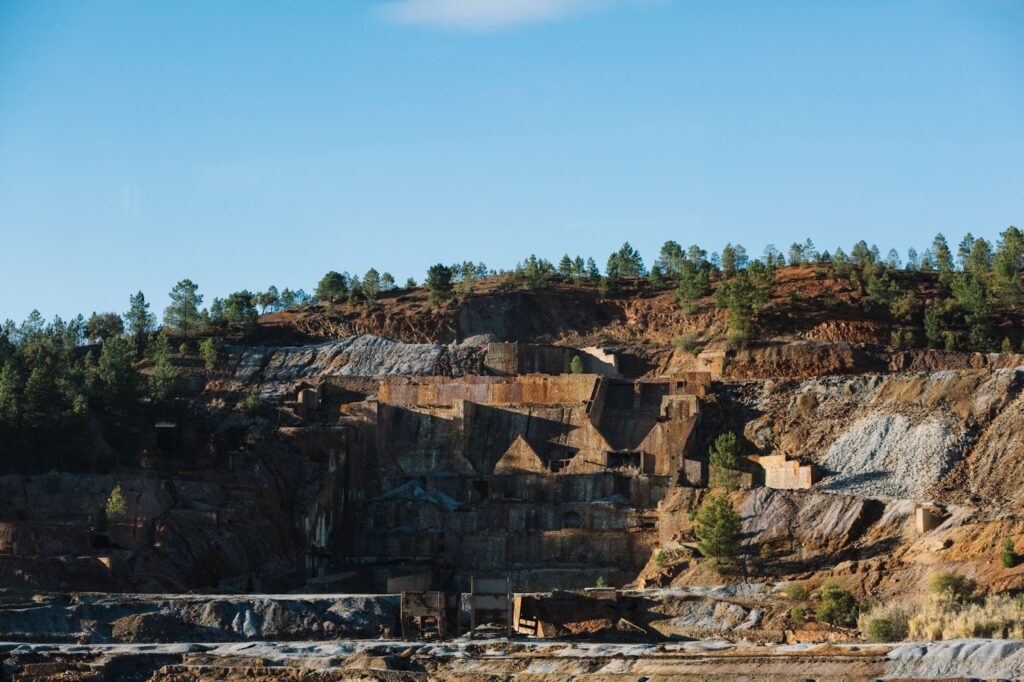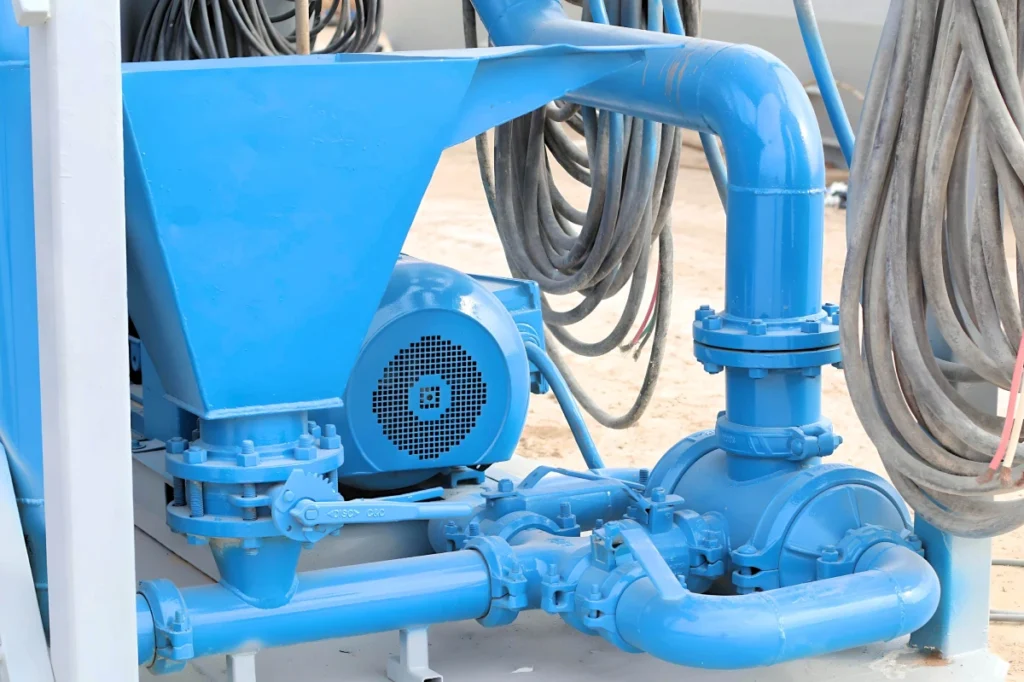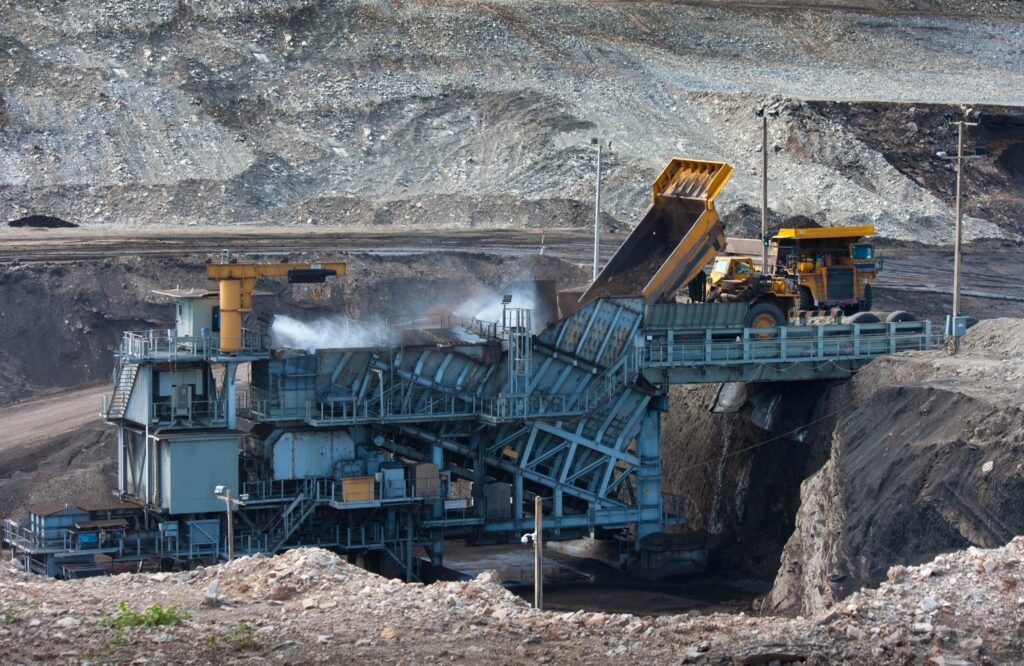Mining slurry mixer failures can devastate your operation’s bottom line. Equipment downtime costs average $180,000 per incident. The industry loses up to $10 billion annually. Unexpected problems with mixing equipment stop output, raise safety concerns, and raise operational expenses.
Your mining equipment maintenance strategy must prioritize effective slurry mixing, yet many operations overlook this critical component. Operations without a robust maintenance strategy for slurry systems face higher costs, unexpected breakdowns, and serious safety issues. Regular maintenance checks are essential – especially fluid checks and replacements. Skipping these crucial steps guides your equipment toward accelerated wear and tear or complete failure.
This article will help you identify the most common mixing mistakes that cause expensive downtime and give you practical solutions to keep operations running.
The Hidden Costs of a Mining Slurry Mixer Failure
Downtime from uneven iron ore slurry mixing
Your mining slurry mixer faces major operational challenges when feed material isn’t consistent. When ore pulp consistency shifts, becoming too wet or too dry, it disrupts flow patterns and makes it difficult to meet strength targets. This kicks off a chain of problems.
- Pump impellers and seals wear out too fast, which reduces pumping efficiency and flow rates
- Pipelines get worn down and lose pressure, which leads to clogs and eventual breakdowns
- Operators work practically “flying blind” without live monitoring of density, flow rate, and pressure
When mixing technology isn’t up to par, maintenance workers have to deal with too many problems, like systems that break down and get blocked.
Effect on production schedules and safety
Chemical mixing gone wrong in mining operations almost always ends in disaster, forcing mass evacuations and stopping operations indefinitely. Your team faces serious safety risks when mixing isn’t done right.
When chemicals are mixed up the wrong way, they can let off toxic gases and produce temperature spikes that could lead to explosions. The slurry’s uneven consistency makes some regions powerful and others dangerously weak. This makes it tougher to fix problems and means more downtime, which sends production schedules even further off course.
Operators make quick judgments without knowing the whole process, which causes production cycles to fail and safety concerns to rise.
Environmental concerns facing the mining industry from poor mixing technology
Mining waste naturally contains lots of dangerous substances like heavy metals that need careful handling. Bad mixing makes these environmental risks worse because it wastes chemicals. More chemicals get added to get the right results when dispersion isn’t efficient, creating unnecessary waste and environmental exposure.
These issues go beyond your site. Poor mixing of metals that are taken out and processed might make acid or alkaline drainage that damages soil and water quality for years. When processing chemicals aren’t mixed properly, it becomes tougher to deal with tailings. Also, when containment fails, it can affect people’s health, the economy, and ecosystems.
People exposed to mining effluent particles risk serious health problems. A well-optimized slurry mixing system can cut down many of these risks.

Common mixing mistakes that cause downtime
Using outdated or undersized mixing equipment
Overuse of chemicals due to poor dispersion
Inconsistent slurry blending across batches
Clogging from sediment buildup in mixing chambers
Relying on manual mixing processes
Ignoring fluid temperature and viscosity changes
No real-time monitoring or feedback
Skipping regular maintenance and cleaning
Regular maintenance cuts down risk and cost of surprise breakdowns. Mining slurry mixers need:
- Regular checks to spot wear before major failures
- Frequent cleaning to prevent sediment from hardening
- Spare parts ready to cut repair time
Why traditional impeller technology falls short in mining environments
Mechanical wear and tear in slurry agitators
This is especially true for traditional impeller technology, where constant friction between blades and abrasive slurry accelerates erosion and shortens equipment lifespan. High-quality alloys can’t escape the inevitable wear from friction that rotating impellers and agitators generate.
The rate of erosion depends substantially on the particle’s hardness, speed of impact, and how often these impacts occur. This wear creates a dangerous cycle where performance keeps dropping until costly replacements become necessary.
Dead zones and uneven particle distribution
Traditional entry agitators often create these dead zones, since the flow near the entry point is turbulent while other areas of the tank remain stagnant. This leads to unwanted scale buildup and precipitation. Materials in these static areas stay unmixed or move much slower than the rest of the mixture.
On top of that, it gets worse when static electricity from the “triboelectric” phenomenon makes powders stick together or cling to mixer walls. This ruins the mixture’s quality.
High maintenance requirements and downtime risk

How AquaShear solves these mixing challenges
High-efficiency, ultra-fast mixing with no moving parts
Precision hydraulic vortex for uniform dispersion
Minimal maintenance and easy cleaning
Proven cost savings and chemical efficiency
Adaptable to various mining slurry types, including cyanide destruction

Conclusion
Mining slurry mixer failures can drain millions from your operation through downtime, safety risks, and excessive chemical use. Traditional mixers with impeller-driven systems fall short in tough mining environments, creating dead zones, heavy wear, and constant maintenance cycles that drive costs higher and reduce reliability.
AquaShear is specifically engineered to solve these challenges with no moving parts, ultra-fast mixing, and uniform particle distribution. Field tests show 52% less chemical usage and ROI in under nine months, while quarterly 15-minute maintenance keeps operations running smoothly. Don’t let outdated mixers put your production at risk. Request a demo of AquaShear today and see how high-efficiency slurry mixing can protect your bottom line.
Frequently Asked Questions
What are the main causes of downtime in mining operations?
Using old or small mixing equipment, bad chemical dispersion, irregular slurry blending, clogging from sediment buildup, and not being able to monitor in real time are all common reasons for downtime. These problems can cause equipment to break down, output to be delayed, and costs to go up.
How does poor mixing affect mining operations?
Bad mixing can lead to variable slurry quality, equipment that wears out too quickly, clogged pipelines, and more chemical waste. It also affects production schedules, makes things less safe, and can cause environmental problems if chemicals are not handled and thrown away properly.
What are the advantages of using AquaShear for mining slurry mixing?
AquaShear mixes things together very quickly and doesn’t have any moving parts. This cuts the time it takes to blend things from 6 hours to 45 minutes. It spreads evenly, needs little maintenance, and has been shown to save chemical use by 52%. The technology can work with different types of mining slurry and pay for itself in less than nine months.
How can mining operations improve their mixing processes?
To make mixing processes better, businesses should buy new mixing equipment, set up systems for monitoring in real time, make sure that maintenance and cleaning schedules are followed, and look into technologies like AquaShear that mix things well without using mechanical parts. It’s also very important for operators to get regular training on how to mix things correctly.
What are the environmental impacts of inefficient mixing in mining?
If mixing isn’t done well, it might create more chemical waste, which can lead to acid or alkaline drainage that harms the quality of soil and water. It could also cause problems with managing tailings, which could lead to containment failures that affect ecosystems. Mixing things together correctly helps lower these environmental concerns and the industry’s impact on the environment.

